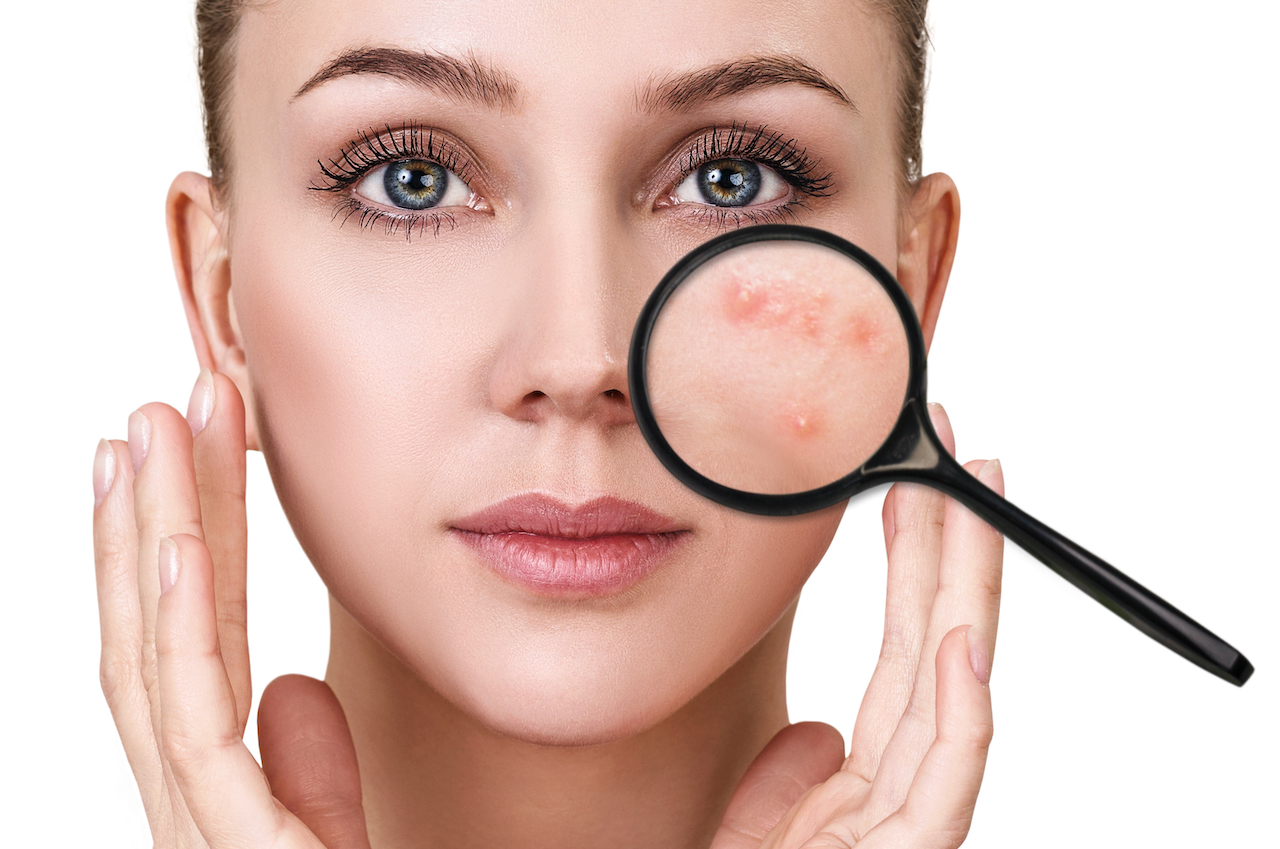Your skin reflects your health. Imagine a mirror that echoes from the inside out; chances are that if you’re generally unhealthy – the evidence shows up on your skin. As your largest organ, your skin needs (and deserves) the best care and nourishment. Your diet plays a vital role here. What you put in is what you get out. So, watch what you eat to avoid any unexpected “guests” showing up on your face and body.
Some skin issues are way beyond your control, but for the most part, there are ways you can give your skin a healthy boost.
Faulty gut
Your gut is there to absorb the nutrients from your food that your body needs for growth, repair, and normal functioning. When the body doesn’t get sufficient nutrients, it begins to prioritise which organs will get the few nutrients that are available at the time. Your hair, nails and skin are usually the first places to show the signs of deficiency. When nutrients are in short supply, your body prioritises your heart, brain and liver over your skin to receive the bulk of the good stuff.
Acne
This is the most common skin disorder. It’s marked by pimples, whiteheads, blackheads and cysts. Acne is usually caused by an excess of inflammatory foods, a deficiency of highly nutritious ones, a messed-up gut, hormonal imbalance and stress. If you’re constantly having breakouts, your first step should be to evaluate your diet.
Ageing
Ageing causes a progressive loss of your skin’s strength and elasticity. This shows up in the form of wrinkles, sagging, dark spots, and loss of luminescence, or natural glow. Skin needs proteins and fats to give it a youthful appearance. A poor diet produces too many oxidizing free radicals. Smoking can damage your skin’s tissues which will make the skin look old before its time.
Dry skin
Being dehydrated can suck the moisture out of all your body’s systems, including your skin. If you experience dry, flaky skin on a regular basis, you probably need to drink more water, and/or eat more hydrating foods.
Eczema
This is a skin condition characterised by itchy, uncomfortable, scaly skin, and sometimes a blistering rash. It’s often found on the face, hands, feet, behind the ears, and in crooks of the knees and elbows. Food sensitivities, microbial imbalances, and other gut-level irritations activate an immune response which causes the skin flare-ups In some cases, eczema can be triggered by an external irritant, like an environmental toxin. In the case of food-based triggers, aim to avoid these foods for six to eight weeks. This will be enough time for the skin to rejuvenate itself and can often eliminate the need for medication.
Red face or raised red patches
Raised, red patches on the skin may be signs of psoriasis, a condition in which your skin cells build up and form scaly and itchy, dry red patches. The main culprits seem to be an irritated gut, an overactive immune system, or metabolic syndrome. Removing inflammatory foods from your diet, like gluten, dairy, and sugar, can help relieve irritation in the gut and in turn, improve the appearance of your skin.
Rough skin
About 70% of your skin is made up of collagen, and collagen relies on Vitamin C. When you don’t get enough of this vitamin, your skin begins to sag and feels rough. Some good sources of Vitamin C include citrus, broccoli, and dark leafy greens.
Uneven complexion
If you lack vital nutrients, it’s going to show on your skin. Uneven skin is a cry for more vitamins and minerals to help you truly glow. This is because your skin gets its dynamic look from the nourishment you provide it.
Nutrient deficiency could come from not eating enough or not eating the right foods. Even those who overeat are often nutrient-deficient because they rely on processed foods that don’t have any beneficial nutrients.
As the saying goes; you are what you eat. The foods you eat provide the foundation of the structure and function of every little cell in your body. Take care of yourself from the inside out.
References:
- https://www.thisisinsider.com/things-your-skin-is-trying-to-tell-you-about-your-diet-2017-10
- https://www.sanovadermatology.com/skin-cancer-blog-cat/10-things-your-skin-is-trying-to-tell-you/
- https://www.foodmatters.com/article/face-mapping-what-your-pimples-are-trying-to-tell-you
- https://food.ndtv.com/beauty/5-things-your-skin-is-trying-to-tell-you-about-your-diet-1876559

